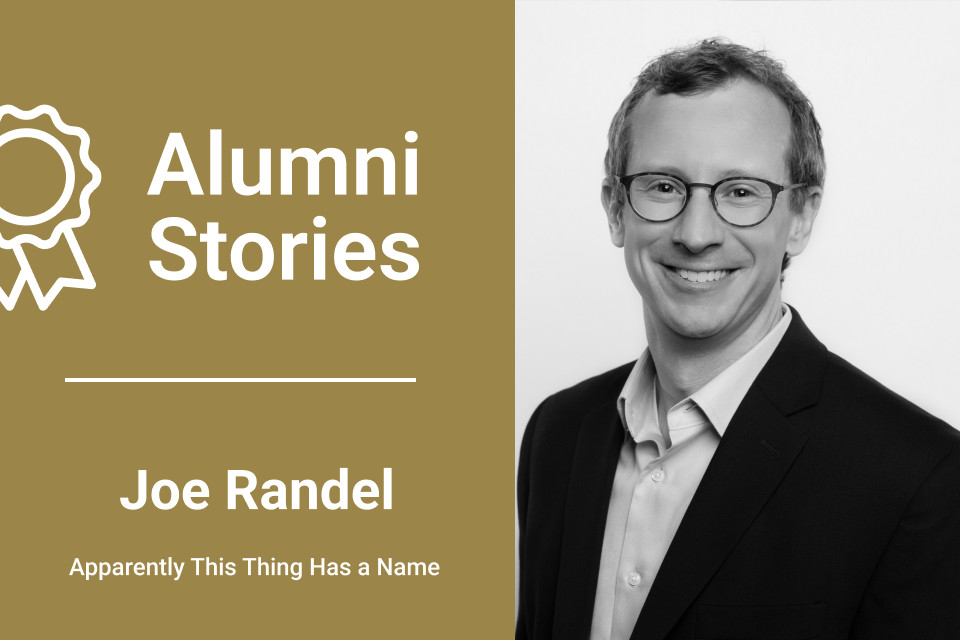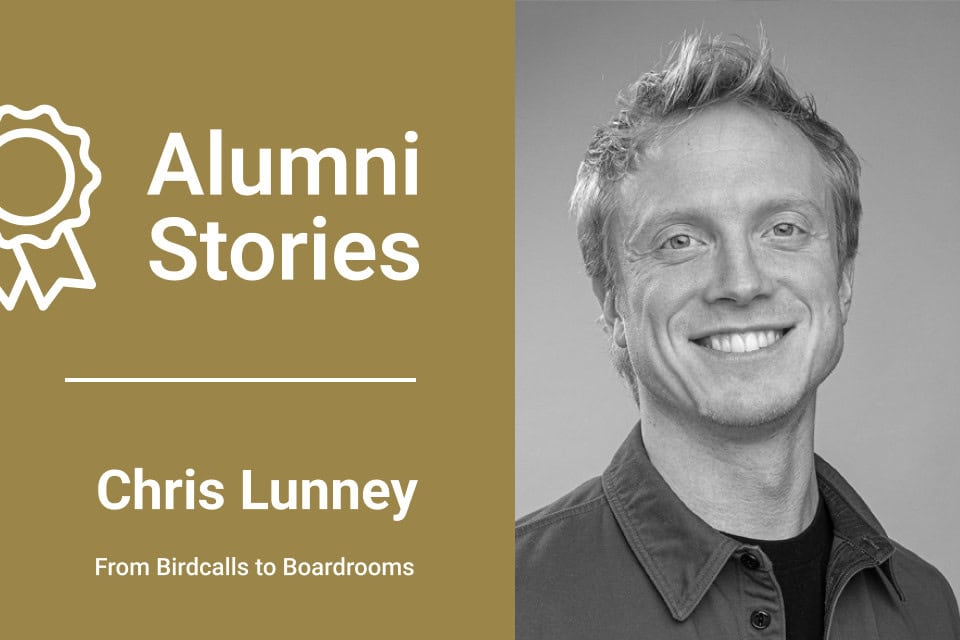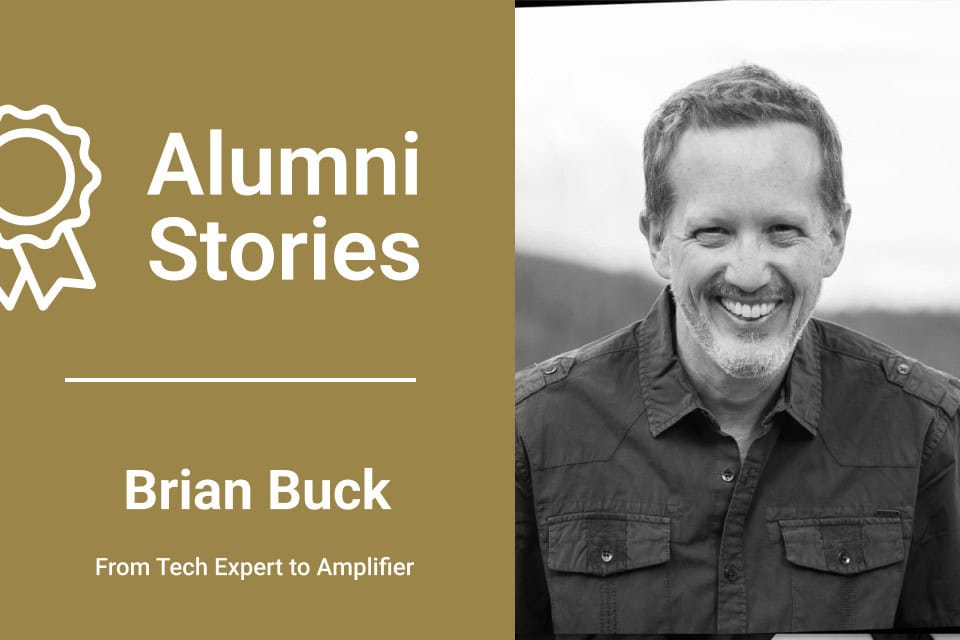My Facilitation Journey Beyond K12
As a K12 educator for over thirty years, one would probably argue that facilitation was a part of my academic training and professional day to day work. Well, yes, that is true. However, designing learning experiences for adolescents versus adults is a much different endeavor. But there’s the rub in my facilitation story. My beginning facilitation work very much rested on the concept of consulting – leading learning from an expert to novice stance. It has only been in the past three years that I’ve really dug in on evolving both my understanding of facilitation as well as designing facilitation for a wide array of audiences and purposes.
Imposter Syndrome
Finding a pathway supporting my evolution
Knowing that I wanted to continue evolving as a facilitator, especially as I transitioned out of my K12 education career and into more entrepreneurial endeavors, I reached out to my past research collaborative partner, Erik Skogsberg (VP of Learning Experience/Voltage Control). Erik and I had collaborated many years back when we both were at very different professional stages in our lives. I was an educational consultant for a county system of 28 public school systems and Erik was deep into his Ph.D. studies. Over the past six years we had both kept up with each other as our professional journeys took us in seemingly different directions.

Paths tend to intersect – nourish and sustain your professional relationships
So when I began contemplating wrapping up my K12 career, Erik was pivotal in helping me explore my facilitation potential. Seemingly, my biggest hurdle was getting over a sense of imposter syndrome. I had become complacent and comfortable in designing experiences for educators. I had become so complacent that I had not even realized that I had stopped growing my skills at facilitation. Erroneously I had fallen prey to plateauing at a comfort level of how I approached my work. This complacency was also an anchor holding me hostage to the notion I was not legit as a facilitator outside of educational audiences and purposes.
Shaking off the shackles of complacency – leaning into unfamiliar contexts
Stepping into unfamiliar contexts where facilitation was underway would be key to overcoming my perceived shortcomings. Across my K12 career I had facilitated hundreds of professional learning sessions. I had presented to audiences of over 600 participants. These contexts and situations no longer unnerved me. They were my sweet spot as a facilitator. I led my facilitation with my educator identity, appealing to an educator audience. I was them, they were me, so to speak. Who was I to understand the CEO identity? The corporate lead’s identity? I came to recognize how much I relied on understanding the lived experience and professional roles of those who were in my facilitation sessions. What I did not understand then but have come to realize now is that I was looking at my facilitation from a content expert stance.
Charting a pathway to evolve
Still held prisoner to the concept of consultancy based facilitation, I set out to better understand what I thought non-educator audiences would find valuable from a skilled facilitator. In true educator mindset, I built a linear series of to-do’s that would build my knowledge and break me of feeling like an imposter in a non-educator audience.
Steps to Overcome Imposter Syndrome
- Immerse yourself in a different context and audience
Embracing discomfort of the unknown, I knew that to overcome the paralyzing notion of being an imposter in industry based facilitation and consulting meant immersing myself in vastly different contexts and audiences who were also investing in growing as facilitators. I joined the weekly Facilitation Lab virtual sessions hosted by Voltage Control. Quickly I learned that I could not be a passive participant in these sessions, quietly sitting back and studying the session design and participants. I would be lying if I did not admit to feeling very insecure early on when placed in breakout room conversations with fellow participants who worked in industry based jobs. The self-deprecating “I am an educator and might not know…” was an early habit that thankfully quickly dropped off. The more I attended the Facilitation Labs and interacted with fellow learners, I realized that we all had in common the desire to ‘host’ transformative experiences. We all had similar hurdles in facilitation: dysfunctional team dynamics, steam-rollers, passive participation, stagnation of ideas, etc. I began to believe I truly belonged in this facilitation community. We may have different language for the facilitation design moves we lean into but, at the core, the purposes of the design moves were aligned.
- Re-invest in your own learning – never stop growing
The more I engaged in this new community of fellow facilitators, the more I awoke my inner drive to loosen my grip on my usual facilitation learning experience design and seek out new mentors and thinking partners. I signed up for multiple Voltage Control workshops. Not only did I attend and learn but I also made a personal goal to experiment with elements of facilitation I learned in the workshops. Isn’t that key to changing your approaches – to continue tinkering, experimenting, and reflecting on how your new approaches worked or didn’t? Yes – a big resounding YES!!! With each workshop session and Facilitation Lab, I began to build a whole new branch of professional networks that bridged the gap from educator to industry based facilitation. I found new LinkedIn connections that were, like me, investing in growing their skills and approaches to designing experiences, facilitation that delivers on intended outcomes, and ways to reinvent themselves. In a sense, I was building a new professional learning community for myself – a community that was traversing a similar evolutionary journey and supportive of each other.

- Be bold, brave, and step up to a challenge
As my confidence was growing, I knew I needed to push myself to the next level in growing my facilitation skills. In 2022 I enrolled in the Facilitation Certification three month cohort course expertly designed and facilitated by Erik. As a long-time National Writing Project Teacher Consultant, I was well versed in building transformative learning communities. What I mean by a transformative learning community is that through the experience, each individual is changed in ways that benefit growing what they most feel needs to grow. They feel connected. They feel that each cohort member brings value to deepening the learning experience. This type of transformative learning experience, when done well, looks so effortless. In truth though, it takes a very skilled facilitator to build and foster such a transformative learning experience. Erik artfully designed and facilitated a long-term learning experience that transformed each member of our cohort. Through the learning experience, I grew in my approaches to both in person and virtual facilitation. Even after more than twenty years of facilitating learning for others, I was being stretched and I loved it! My creative and innovative side of me was being re-awakened and I couldn’t wait to bravely facilitate a non-educator audience.
Taking the ultimate leap of faith
July 2023 offered just such an opportunity for me to facilitate a totally different audience and purpose than I was used to doing in my K12 context. As a recent graduate of the Facilitation Certification course, I was offered the opportunity to be a table lead at IF13, a collaboration between U.S. Special Operations Command and SOFWERX. The event drew a global audience of military officials, industry leaders, and academia. As Table Leader, I was to facilitate a team of ten individuals through the first phase of the Innovation Cycle on the provided problem scenario. By the end of day three, each table team was expected to have drafted a prototype idea to solve their table’s assigned problem, developed a powerpoint presentation, and have a team member able to pitch the idea to high ranking military officials.
Training wheels are off – facilitating without crutch of content expertise
Very quickly I was immensely humbled by the multi-faceted, knowledgeable group I was to facilitate. They were each deeply steeped in knowledge and background experiences that set them apart from most, hence, why their applications to participate were accepted. The beauty of this facilitation experience for me was that it placed me in a situation where the only ‘expertise’ I brought was my facilitation. Unlike my past facilitation comfort of being an expert on what a team was working to design, I was forced into focusing all of my facilitation guidance on ensuring the team was successful. It was not up to me to guide (or some may say manipulate) for particular idea outcomes. Surprisingly, I did not feel insecure about myself being placed as a Table Lead of such a dynamic group. Ironically, my educator cap was useful as I quickly took stock of each table participant’s stance with the group, how they presented themselves, what communication mediation I may need to use, and what they needed to feel safe and a productive member of the team.
Realizing my K12 facilitation background was universally useful
Let me not portray a perfect scenario. There were some definite challenges and curve balls I had to navigate to ultimately get the table team to ‘the finish line’ of the three day IF13 event. Part of finding your groove as a facilitator is knowing when you need to veer off script, to anticipate into the needs of a group and build a bridge that gets them over the widening gap of unproductive spin. For me, the critical facilitator challenges as a Table Lead at IF13 were an amazingly tight timeline of deliverables and, trying to build a group of strangers into a cohesive team, and ensure that all team members’ ideas were being heard and valued. As a Table Lead, by the end of our first day, I was to bring the group to an idea to take through the first phase of the design cycle. The reality was that our table team had struggled to come to a clear idea by the end of day one to carry on into the next day. The team was still storming. Conversation still was heavily laden with different team members impressing upon others their knowledge and experiences. In a sense, many table team members felt they needed to build their credibility with the full team so as to have their idea heard and forwarded. So much energy was being consumed by individual endeavors versus a collaborative team.
Knowing when you need to go off script
That evening, as I prepared for the day two line-up of design cycle structured dialogues and deliverables, I realized my team was not ready to run with an idea through the rest of the design cycle. I also knew that if I was to take them ‘off script’ of the design cycle facilitator guide, I ran the risk of never getting them to the finish line on their deliverables. It was a worthy gamble, I decided to pause moving forward the ideas from day one and to re-ground the group in the problem scenario.
Employing “generous authority”
In retrospect, my facilitation decision very much mirrored what Prya Parker’s The Art of Gathering refers to as “generous authority.” As Parker shares, generous authority is not about the pose of power but rather, “it is using power to achieve outcomes that are generous, that are for others’ “ (p. 82). Parker describes how generous authority should be driven in the service of three goals which include:
- Protect your guests from one another, from boredom, from distraction;
- Temporarily equalize your guests; be aware of a team’s perceptions of hierarchies and status within the group;
- Build connections between your guests/team; building a sense of community amongst team members.
My decision to go off script was not about trying to power over the table team. I knew I needed to get them past the reaction to try and sell their ideas to each other versus build an idea collaboratively together. I also recognized that in the rush to prove worthiness to a newly formed team of strangers, the whole group had lost sight of the actual problem scenario’s key aspects.
Never forget the power of openings that build sense of community
The morning of day two, I welcomed the team back together, having them share what interesting places they may have visited the previous evening as all of us were from out of town. We shared laughter and feelings of accomplishment for having navigated day one’s heavy cognitive load of thinking work. I then revisited the day one reflections the team shared at the wrap up of the previous day. The past day’s reflections were critical as they contained feedback on how individuals were feeling about how the team was interacting. It was an intentional move to instill immediate feelings of comradery and shared experience before juxtaposing those warm emotions with vulnerable feedback from day one’s wrap up. It worked in that I could actually see the posturing for credibility dissipate. In its place were individuals sharing appreciation for particular ideas and expertise each member was bringing into the design task.
“Susan takes her years of education facilitation and transforms the learning journey into something that allows participants to truly grasp concepts, and create effective solutions. I had the pleasure of working alongside Susan at the IF13 and witnessed her team creatively problem solve for a unique challenge and their outcome and final presentation was quite impressive. I look forward to facilitating alongside Susan again!” Bahaa Chmait, JoyMob founder.
Physical setup matters to how groups work together
With the group willing to release their individual stance, I made another critical facilitation decision. We had been sitting at a large rectangular table configuration. I asked the team to come have a “standing meeting” over at the SMART board. This broke up the rigidity of positionality and passive participation the seating had unintentionally created for us the previous day. Once all circled at the front SMART board screen, I pulled up the narrative scenario. Prior to the start of our session, I had created a color key for how we could do a close read and highlight key factors embedded in the problem scenario. Once the group started to really slow down and closely read, there was a natural shift where I handed over the highlighting tool and members of the team took up the highlighting. It was a beautiful moment of organic shift where the team had initially been holding me as the leader of the board, shifting to the full team jumping in, adding, posing questions, and generating new ideas.
Sometimes pausing and re-grounding a team pays off in dividends
Ultimately, my gamble to pause the original facilitation planned activities paid off. By the end of the morning portion of our day two session, the team had co-constructed a new idea. In addition, they had discarded the passive participant stance and were actively engaged in strategizing how, playing to each team member’s strengths, we could break into smaller teams focused on developing certain aspects of the prototype idea and efficiently meet our required outputs and deadlines. As a seasoned facilitator, I could not help being impressed with how each team member stepped up, valued each other’s contributions, and even advocated for other team members if they perceived that person’s ideas were not being heard. We were a team and we had only known each other for a day and a half.
Imposter syndrome no more
As I flew home from this transformative experience, I felt re-energized in ways I had not for quite awhile. I couldn’t wait to facilitate again – to guide on the side a group that storms, norms, and ultimately becomes connected and innovative. I was starting to see myself as a facilitator worthy of facilitating different audiences in vastly different contexts than education. If anything, I hope my personal story of overcoming imposter syndrome encourages others to also unshackle themselves from such a self-defeating internal narrative. Be bold, brave, and step into the uncharted waters that stretch you and your facilitation practices.


